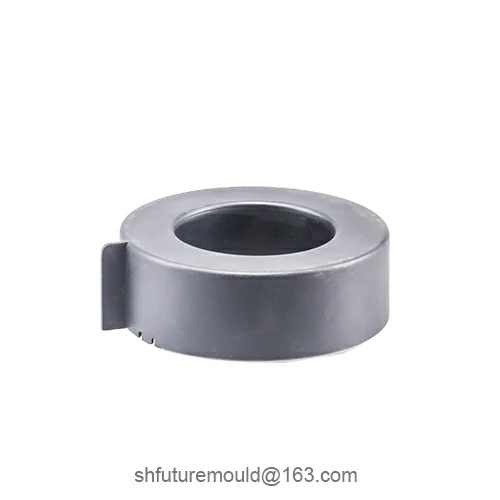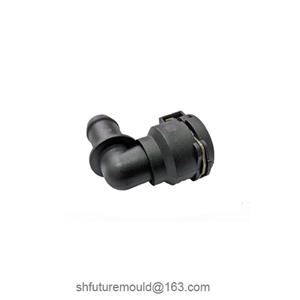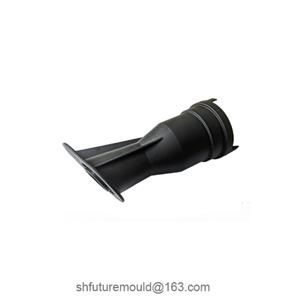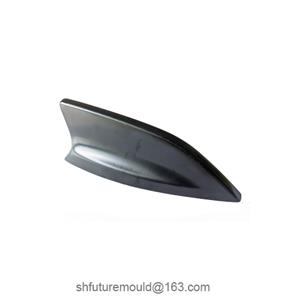Key Considerations for TPU Injection Molding
This guide outlines critical factors for TPU injection molding, covering material properties, pretreatment, mold design, process parameters, and solutions to common defects.
I. TPU Material Properties
1. High Elasticity and Wear Resistance
Excellent elasticity, abrasion resistance, and tear resistance, ideal for shoe soles, seals, hoses, etc.
2. Hygroscopic Nature
Contains abundant amino and ester groups, making it moisture-sensitive. Undried material causes bubbles, yellowing, or surface streaks.
3. Shear Sensitivity and Narrow Thermal Stability
Prone to decomposition/discoloration under high shear or overheating. Precise control of barrel temperature and shear rate is essential.
II. Pretreatment for Injection Molding
1. Drying and Dehydration
Conditions: ~80°C for 4–6 hours; residual moisture <0.2%.
Complete drying prevents internal bubbles, black spots, and surface defects.
2. Barrel Cleaning
Use dedicated purging compounds to clear residual material after material changes or prolonged downtime, avoiding carbonized residues.
III. Mold Design Guidelines
1. Runner and Gate Design
Use pin gates or edge gates with short inlets and smooth runner cross-sections.
Position gates near thick sections to ensure full cavity filling.
2. Venting and Parting Line
Enlarge venting slots (depth: 0.1–0.2 mm, width: 1–2 mm) due to TPU’s low flowability.
Apply wear-resistant coatings (e.g., hard chrome) to parting surfaces.
3. Cooling System
Maintain mold temperature at 40–60°C with uniformly distributed cooling channels.
Avoid large temperature gradients to prevent warping or surface damage.
4. Ejection System
Increase draft angles (1°–3°) to accommodate TPU’s high elasticity.
Round off ejector pin edges to avoid surface scratches during demolding
Summary of Key Points
1. Strict drying: Ensure moisture content <0.2%.
2. Temperature control: Barrel (180–200°C), mold (40–60°C).
3. Process optimization: Moderate injection speed and back pressure to reduce shear heat and gas entrapment.
4. Mold design: Prioritize venting, wear-resistant coatings, and proper ejection mechanisms for surface quality and dimensional accuracy.
- Injection Mold
- Automotive Injection Mold
- Electronics & Electrical Injection Mold
- Consumer Goods Injection Mold
- Airplane Components Injection Mold
- Medical Components Injection Mold
- Irrigation Components Injection Mold
- Injection Molds




